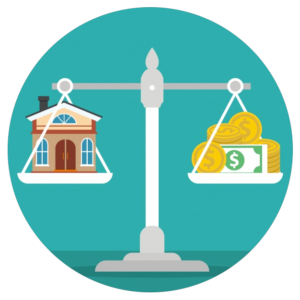HONEST • ETHICAL • PROFESSIONAL
Whether you are buying or selling,
real estate can be challenging.
We’re here to guide you through the
experience and help achieve your goals.
Let The Clarke Agency Assist
With any of your Real Estate Transactions
Our Featured Properties
6887 Forest Service Road 317 Mt. Crested Butte, Colorado
1 Beds 1 Baths 1,050 SqFt 0.460 Acres
Why Choose the Clarke Agency?
Thinking about buying or selling your home is easy. Getting it done is a challenge. We understand that every transaction is different, important and personal. This is where we come in.
People Choice Award winner in the Gunnison Valley!
As Gunnison real estate experts, Audrie, and Josh approach every client and every deal with integrity and dedication. Our job is to help you secure the property of your dreams, at the best possible price.
To be successful in today’s real estate market, you need a professional who understands the area, the market, and legal requirements. Our agents are dedicated to being that professional. We help you get from listing your property or making an offer all the way through closing.
Whether you’re looking to buy or sell homes, condos, townhomes, multi-family units, business property or vacant land, let us help make your transaction meet your goals.
Audrie Townsend
Josh Townsend
What is my Home Worth?
As a buyer, it will assure you that you aren’t paying too much for your investment.
Bob & Jane
Brian & Megan
Tami Fisher
Travis & Rois
Susan Moellinger
Shana & Rick Vogel
Shamus Hogan
Sam & Caitlin Neidow
Jean and John Thoms
Richard Kilby
Nancy and Larry Dolezal
September Sack
Joseph Scheerer
Testimonials
Don’t take our word for it, read what our happy clients have to say!

Purchase your Dream Home
Let the Gunnison Real Estate experts help you in your next real estate adventure. Whether you are buying or selling,
we can make the process enjoyable. We specialize in Gunnison Residential, Commercial and Vacant Land.


